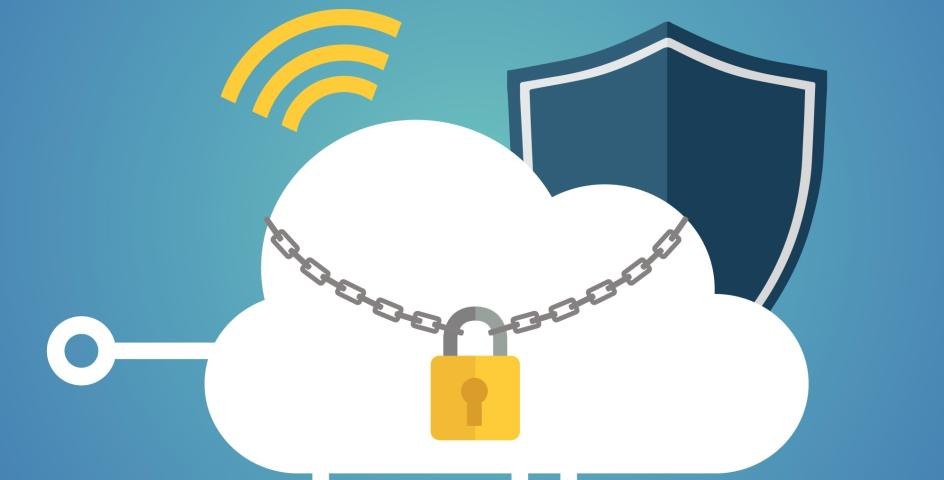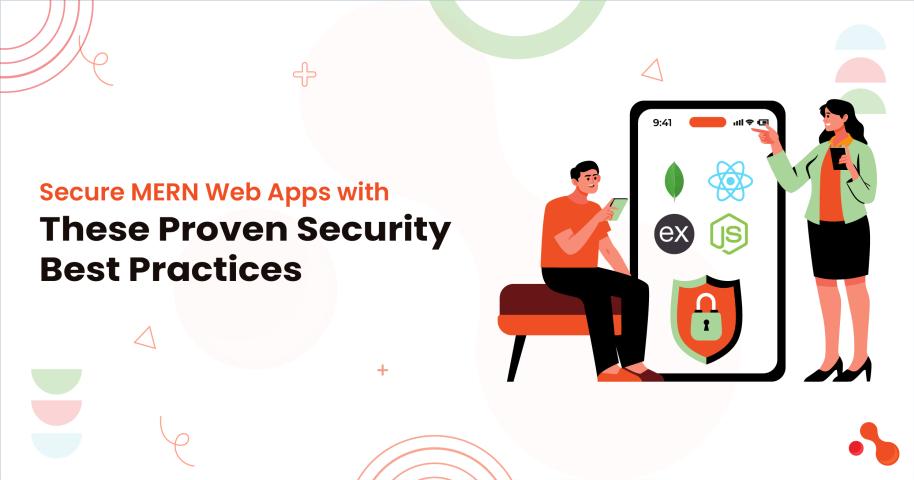The CCIE Security Written Exam is one of the most prestigious and challenging certifications in the networking industry. Earning the CCIE Security credential is a significant achievement, reflecting an advanced understanding of security protocols, architectures, and solutions within enterprise networks. Proper preparation for this exam requires a strategic approach, combining theoretical knowledge with hands-on practice. In this blog, we will discuss the best strategies to help you succeed in your CCIE Security Written Exam. Whether you're just beginning your journey or refining your skills, this guide will provide the necessary insights to help you achieve success. Make sure to enroll in CCIE Security to get structured guidance and improve your chances of passing.
1. Understand the Exam Blueprint
The first step in your preparation should be to thoroughly understand the CCIE Security Written Exam blueprint. Cisco updates the exam objectives regularly to reflect new technologies and industry trends. The exam covers a wide range of topics, including security protocols, VPNs, firewalls, intrusion prevention systems, identity management, and secure network infrastructure. Make sure you review the official exam topics, as they provide a roadmap for what will be tested.
Focus on key sections such as:
Perimeter security and intrusion prevention
Advanced threat protection
Identity management and secure access
Secure network architecture and design
Virtual private networks (VPNs) and secure communication channels
By understanding the weightage of each topic, you can allocate your study time accordingly, ensuring you give more focus to high-impact areas.
2. Create a Study Plan
A well-structured study plan is essential for your CCIE Security preparation. The exam is vast, and without a clear roadmap, it’s easy to become overwhelmed. Break down the exam blueprint into manageable sections and set realistic study goals for each day or week.
For example, you can dedicate a few days to reviewing VPN technologies, another week to intrusion detection and prevention systems, and so on. Allocate time for hands-on practice, theory revision, and mock exams. By staying consistent with your study plan, you will retain information more effectively and reduce last-minute cramming, which can lead to stress.
3. Leverage Official Cisco Materials
Cisco provides a variety of resources tailored to CCIE aspirants. These materials are specifically designed to help you grasp the concepts required for the exam. The official Cisco press books for CCIE Security are a great starting point. These books are detailed and cover all topics listed in the blueprint. They also include practice questions and lab exercises to reinforce your learning.
In addition to books, Cisco offers video tutorials, webinars, and training sessions. For example, the Cisco Learning Network provides extensive resources for CCIE candidates, including discussion forums where you can engage with other aspirants, ask questions, and clarify doubts.
4. Practice with Lab Scenarios
While the CCIE Security Written Exam doesn’t include a lab component, practical knowledge is crucial for success. The written exam tests not only your theoretical knowledge but also your ability to apply concepts in real-world scenarios. To achieve this, spend time working on lab setups and security configurations.
Build a home lab or use virtualized environments such as Cisco’s VIRL or GNS3. By configuring firewalls, VPNs, and intrusion prevention systems, you’ll gain a better understanding of the practical aspects of security technologies. Hands-on practice allows you to visualize how the theoretical concepts you study are applied in a network, which is essential for answering scenario-based questions on the exam.
5. Utilize Online Training and Resources
There are numerous online platforms that offer CCIE Security training, providing a more flexible approach to learning. Platforms such as Udemy, INE, and Pluralsight offer video courses that are often taught by industry professionals with firsthand knowledge of the CCIE exam structure.
You can also find study groups or online forums where you can exchange ideas and experiences with other CCIE candidates. These communities can be incredibly helpful when you’re stuck on a difficult concept or need advice on how to approach certain topics.
6. Take Mock Exams and Simulations
Mock exams are essential for CCIE Security exam preparation. They not only help you get used to the exam format but also improve your time management skills. Many online resources provide timed mock tests that simulate the actual exam environment. Use these to gauge your understanding of the material and identify any weak areas where you may need further study.
Be sure to review the answers to your mock exams carefully, understanding why certain answers are correct and why others are incorrect. This reflective process helps strengthen your comprehension and ensures you are less likely to make the same mistakes during the real exam.
7. Stay Updated on the Latest Security Trends
The field of network security evolves rapidly, and Cisco frequently updates its exam to reflect the latest technologies and threats. Staying current on industry trends is critical for success in the CCIE Security Written Exam. Make it a habit to read white papers, watch webinars, and follow security blogs. Subscribe to industry newsletters like Cisco’s Security blog, or websites like Ars Technica or Threatpost to stay informed on emerging threats and solutions.
Moreover, many questions on the exam may revolve around new security practices or updates, so staying informed will give you an edge.
8. Focus on Time Management
During the actual exam, time management is critical. The CCIE Security Written Exam is time-bound, and you will be tested on both your knowledge and your ability to apply that knowledge quickly. Practice taking mock exams under timed conditions to get a feel for how long you spend on each question.
Avoid spending too much time on any one question. If you encounter a challenging question, it’s better to mark it for review and move on to others that you can answer quickly. This strategy will help you maximize your score by ensuring you address all questions within the time limit.
Conclusion
Preparing for the CCIE Security Written Exam requires a mix of disciplined study, hands-on practice, and keeping up with industry trends. By following these strategies—understanding the blueprint, leveraging Cisco materials, practicing with labs, and staying current with trends—you’ll position yourself for success. As you progress, consider taking CCIE Security training to further enhance your understanding and skill set. With the right resources and approach, passing this prestigious exam and advancing your career in network security is within your reach.







